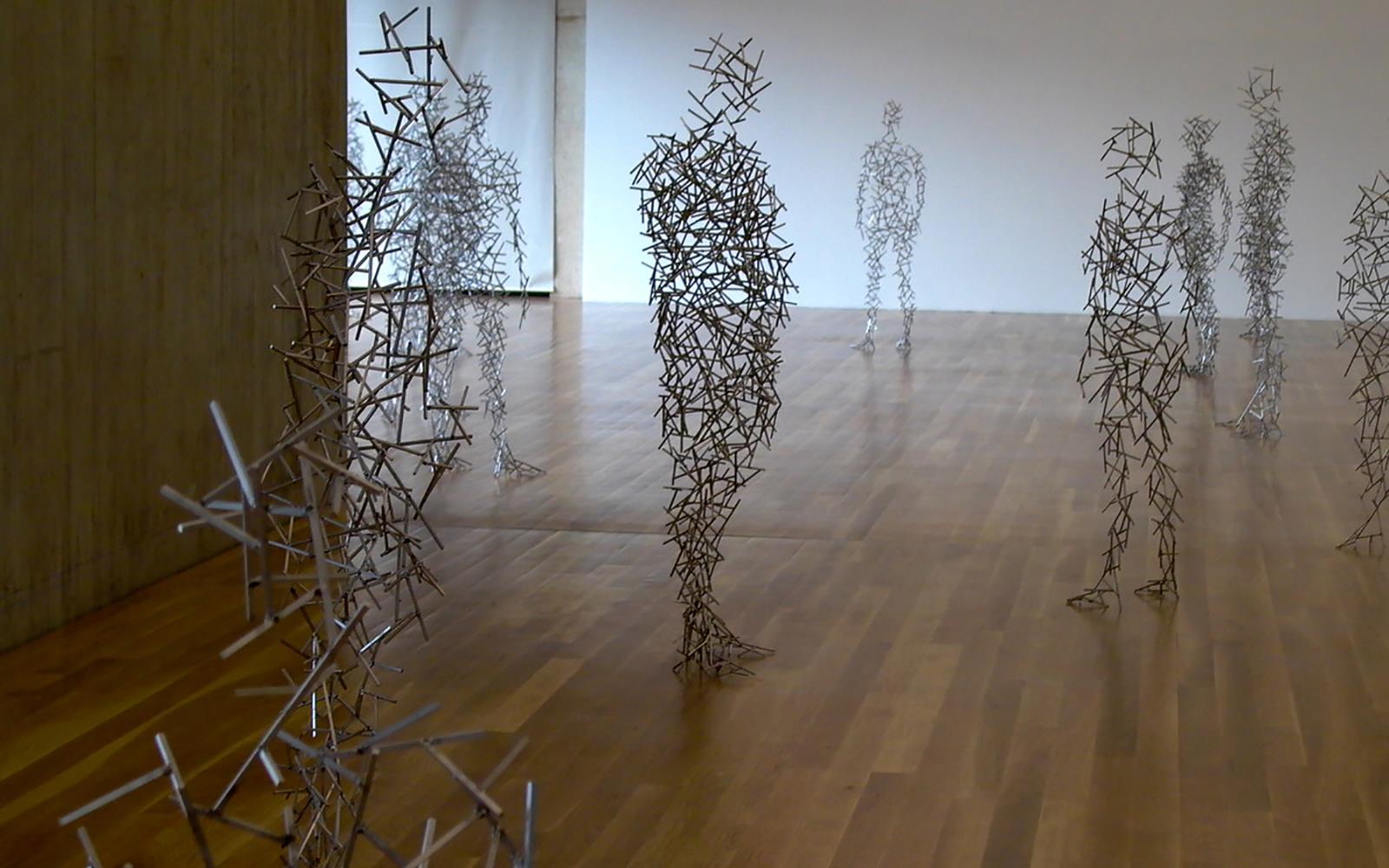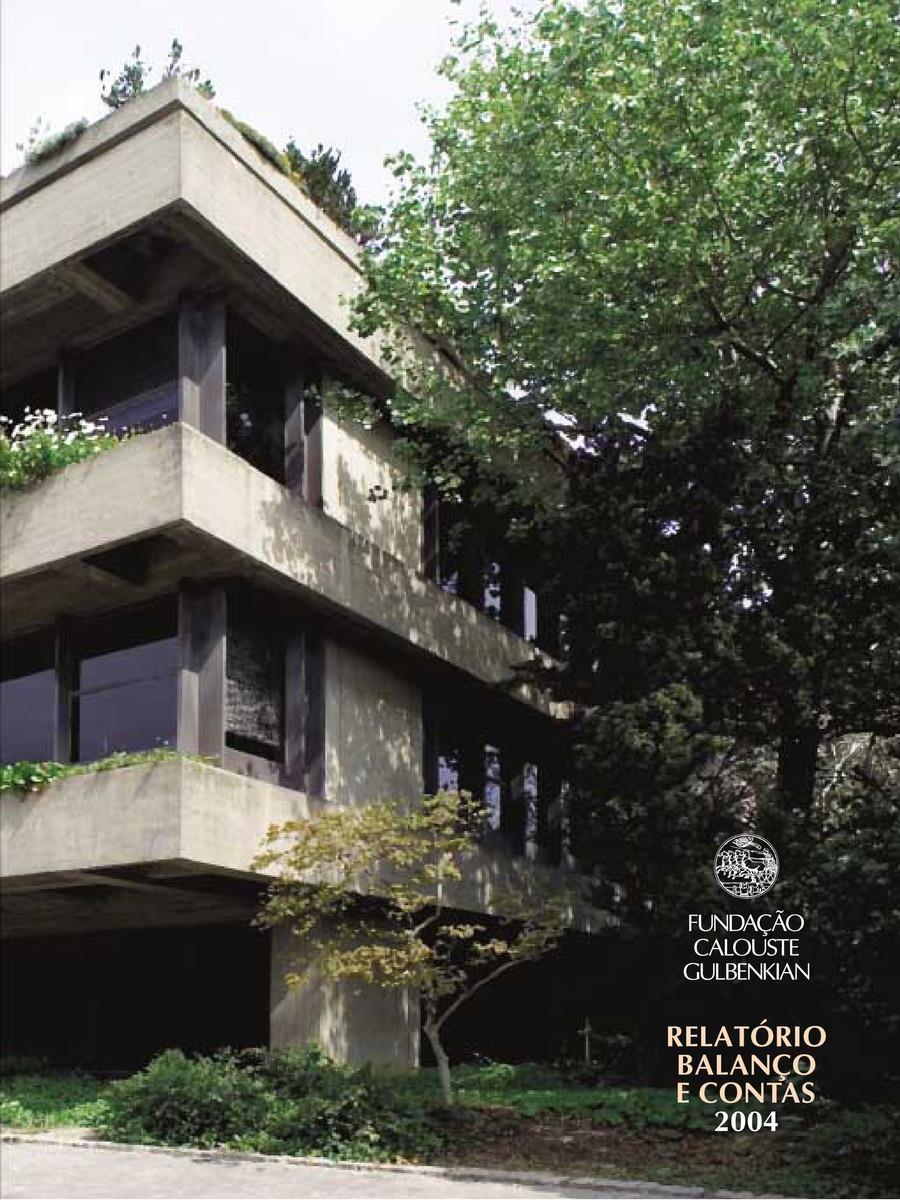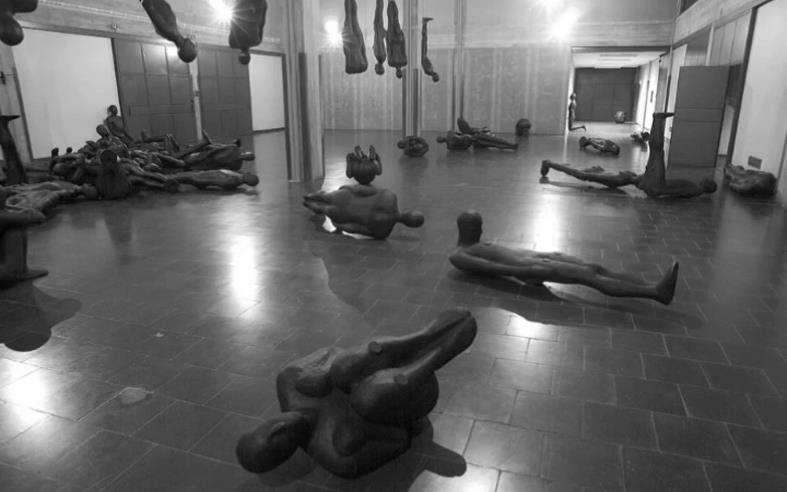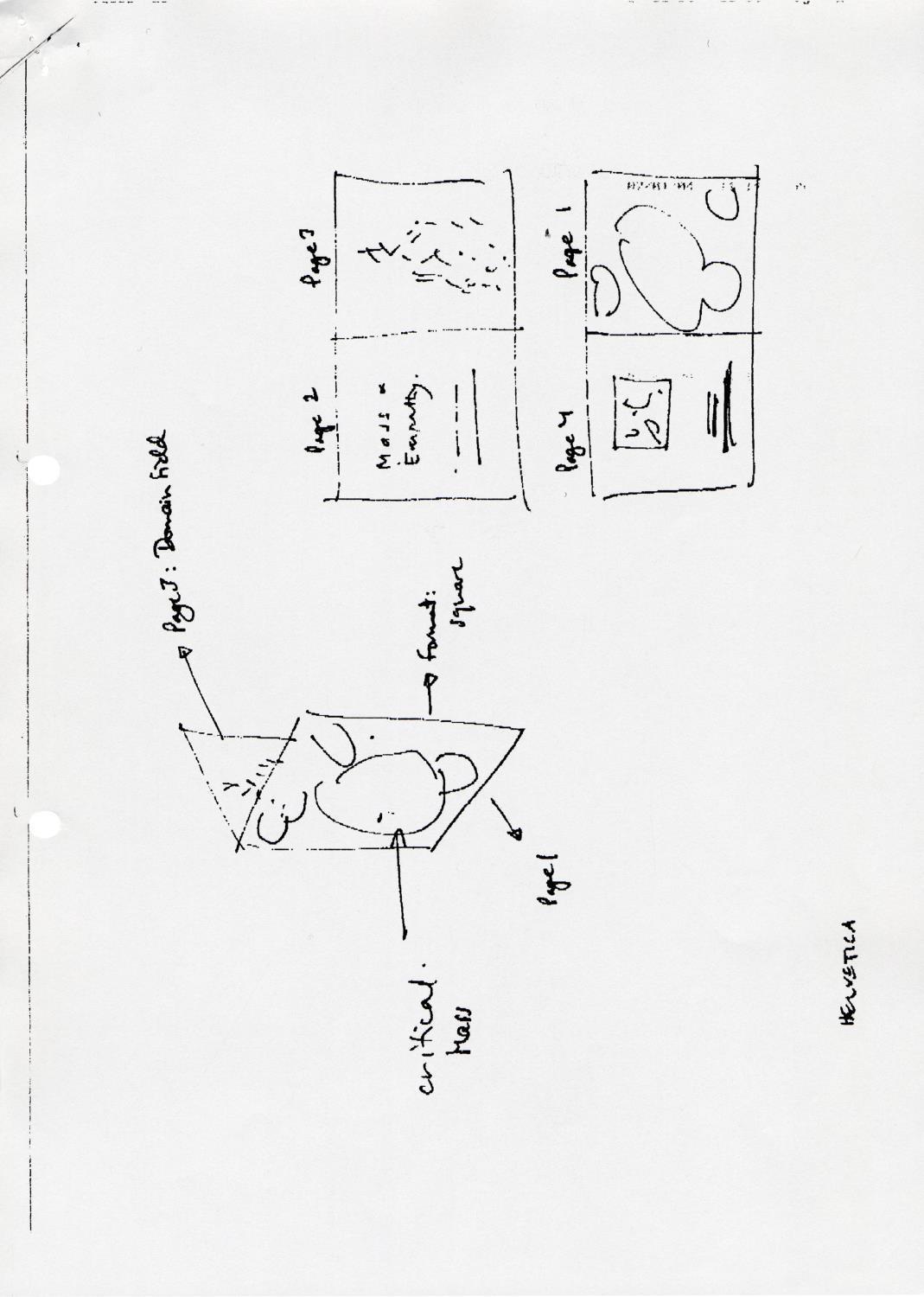
Antony Gormley. Mass and Empathy
Exposição dedicada a um dos nomes mais consagrados da escultura contemporânea, Antony Gormley (1950). A mostra, que contou com mais de 51 mil visitantes, oferecia uma análise evolutiva do percurso criativo do artista, dando a conhecer uma importante seleção dos seus trabalhos mais antigos.
Dedicated to one of the most prominent names in contemporary sculpture, Antony Gormley (1950), this exhibition was considered one of the high points of the Gulbenkian Modern Art Centre fine arts programme that year. The show presented a progressive analysis of Gormley's artistic and creative career and had an attendance of more than 51 thousand visitors.
Ficha Técnica
- Iniciativa
- Organizador / Serviço responsável
- Programação
- Colaboração projeto exposição
- Produção
- Projeto museográfico
- Projeto museográfico e coordenação técnica
- Equipa de museografia e montagem
- Parceiro institucional
Artistas / Participantes
Publicações
Material Gráfico
Fotografias
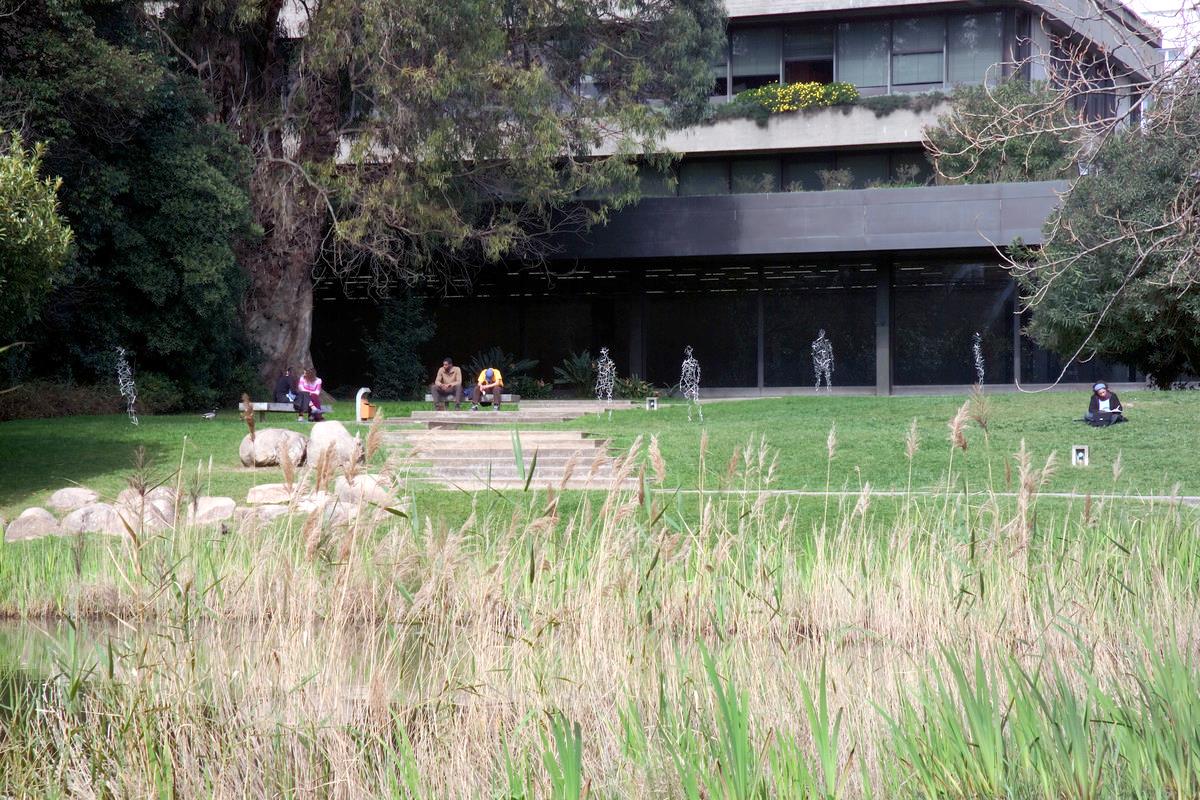


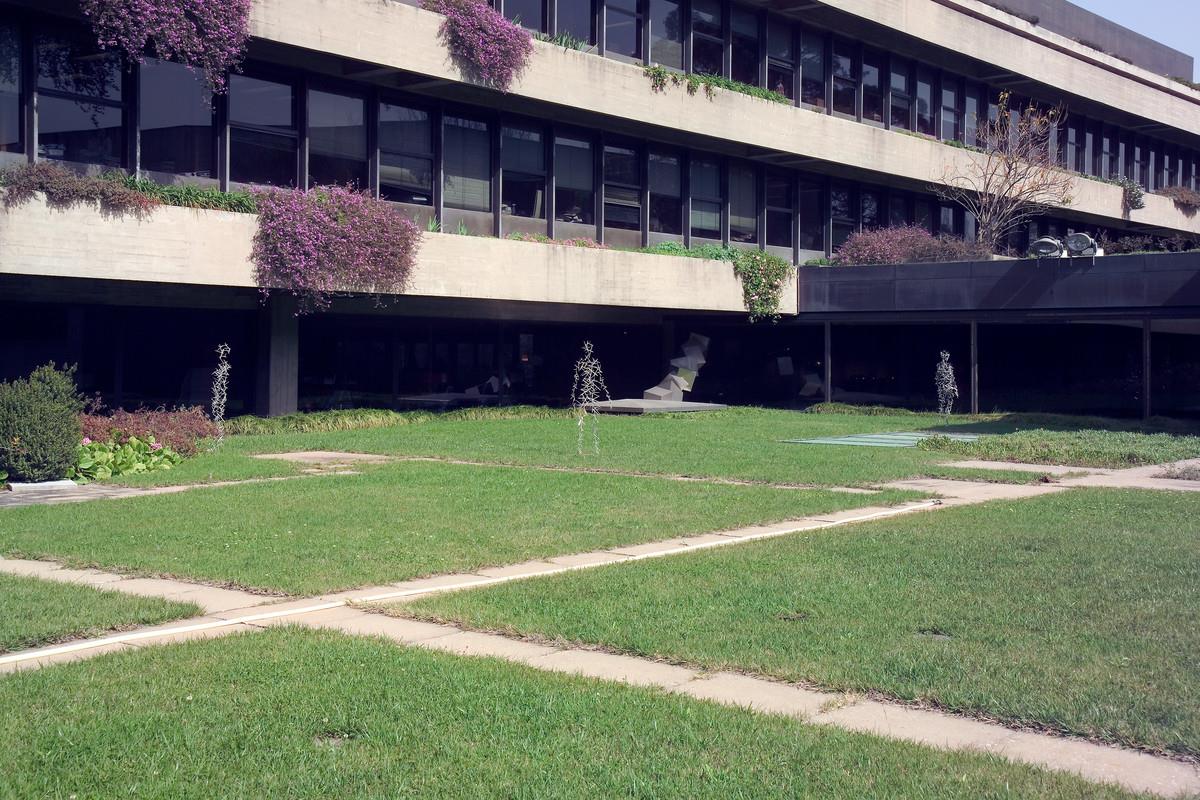


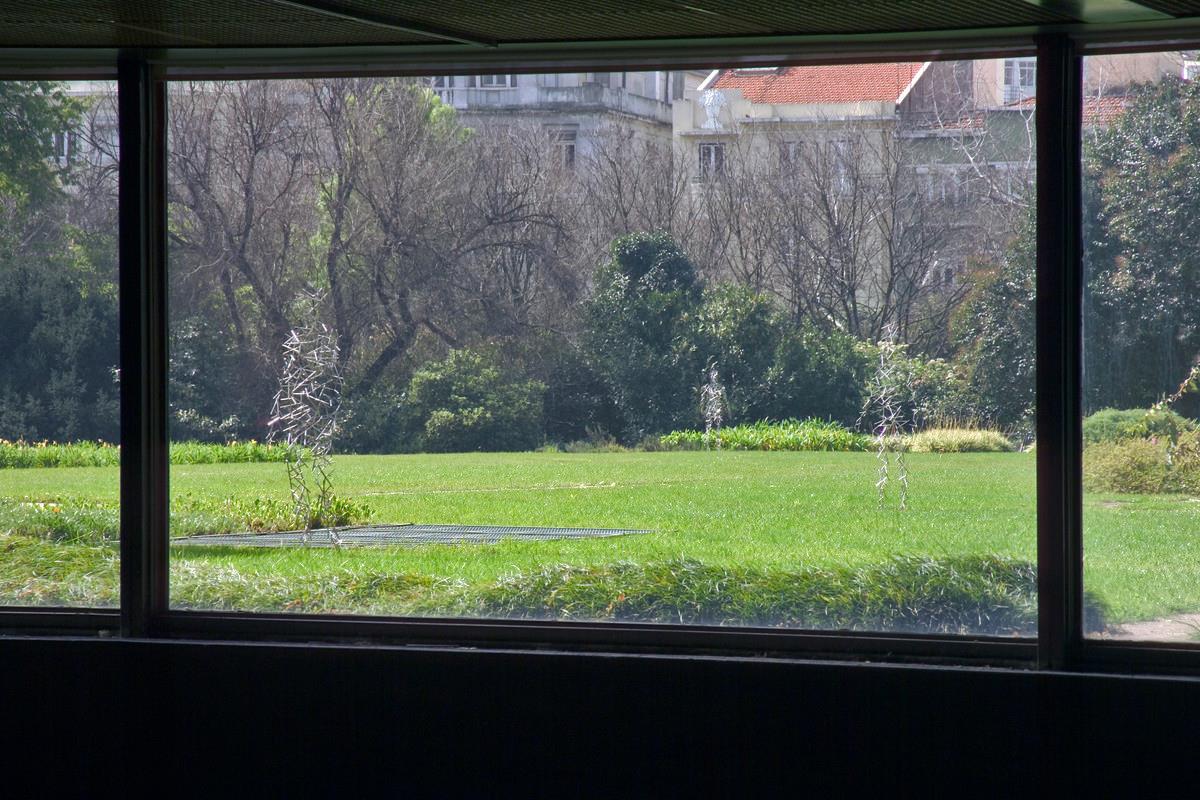
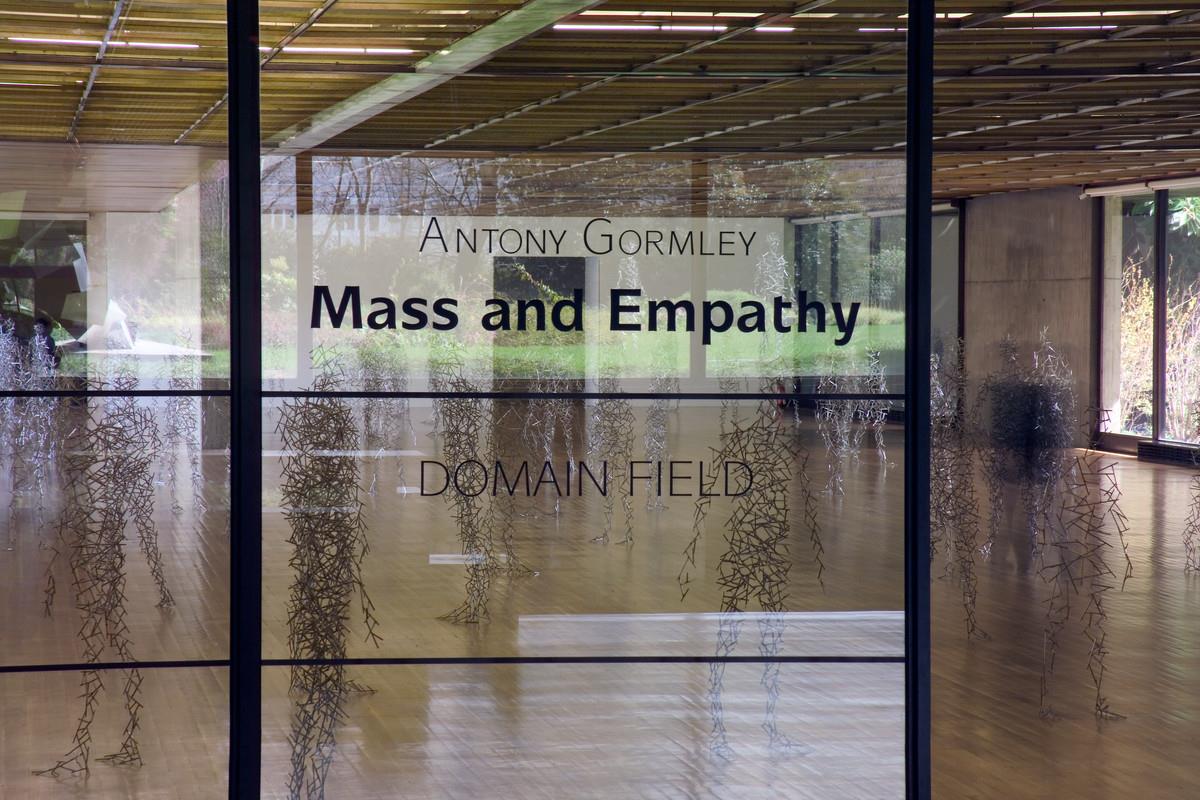

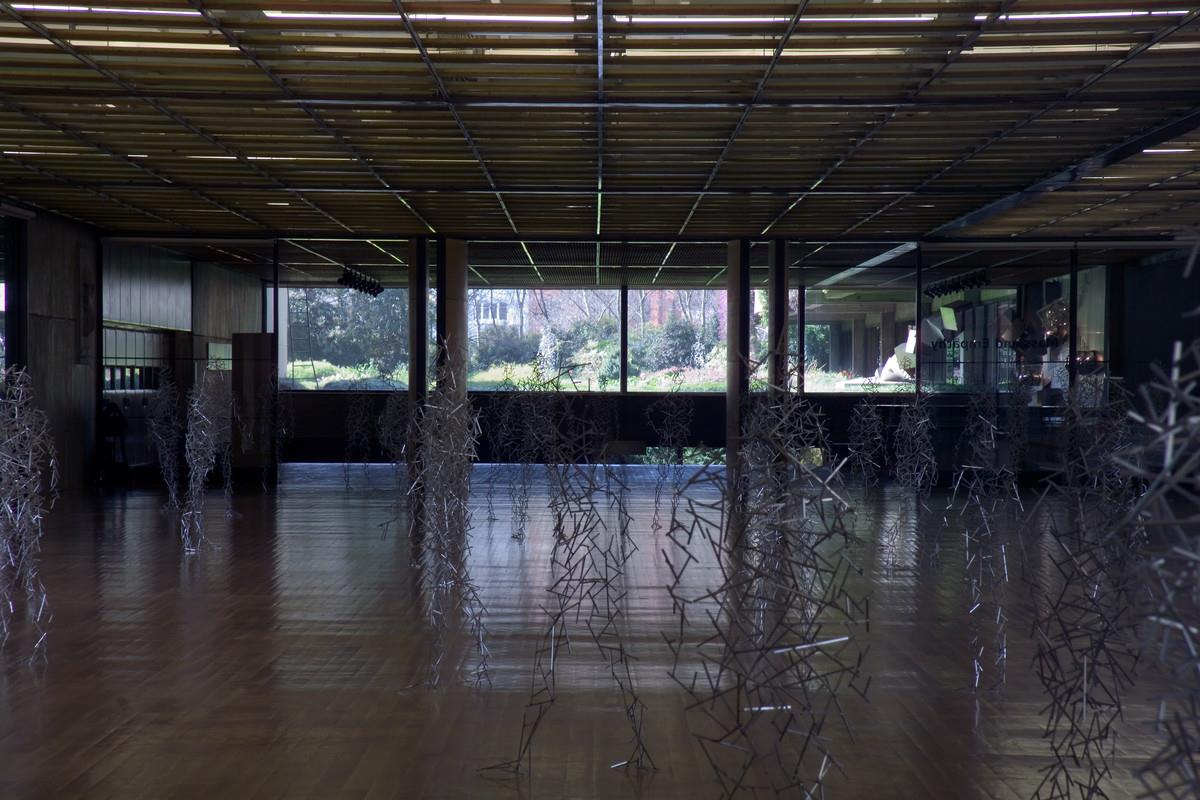
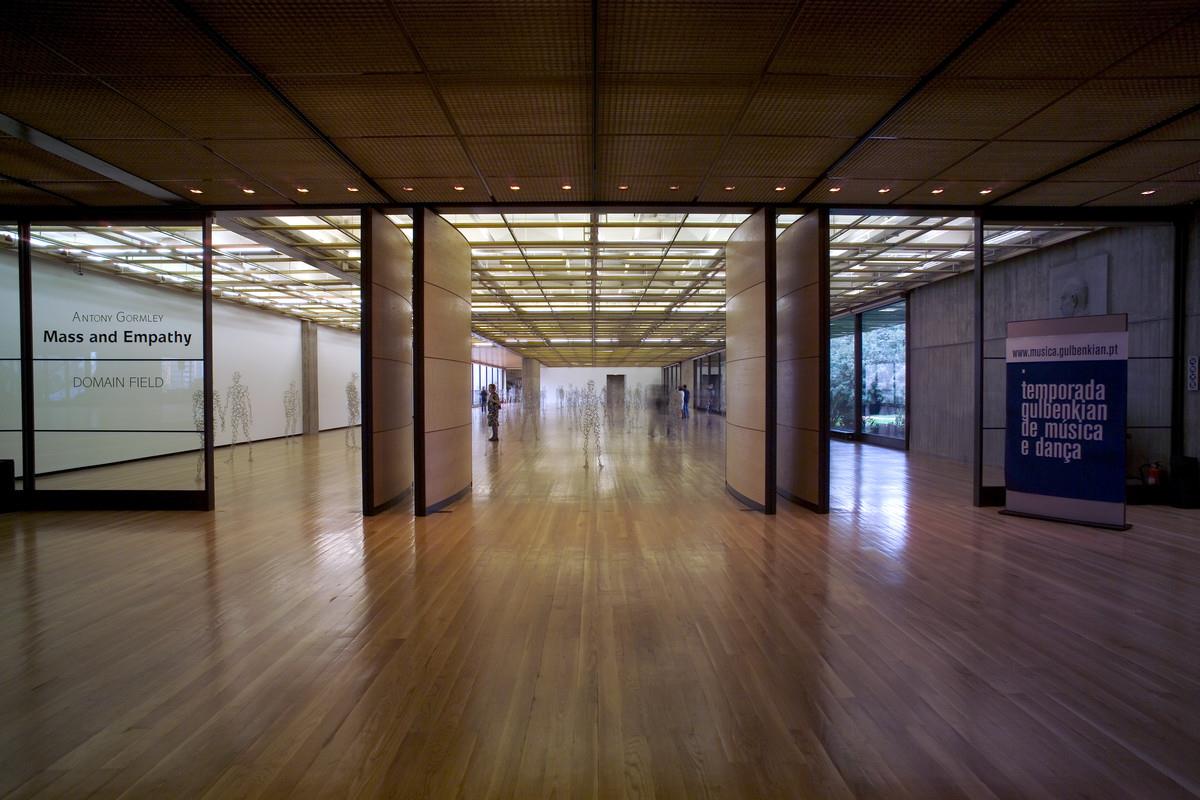
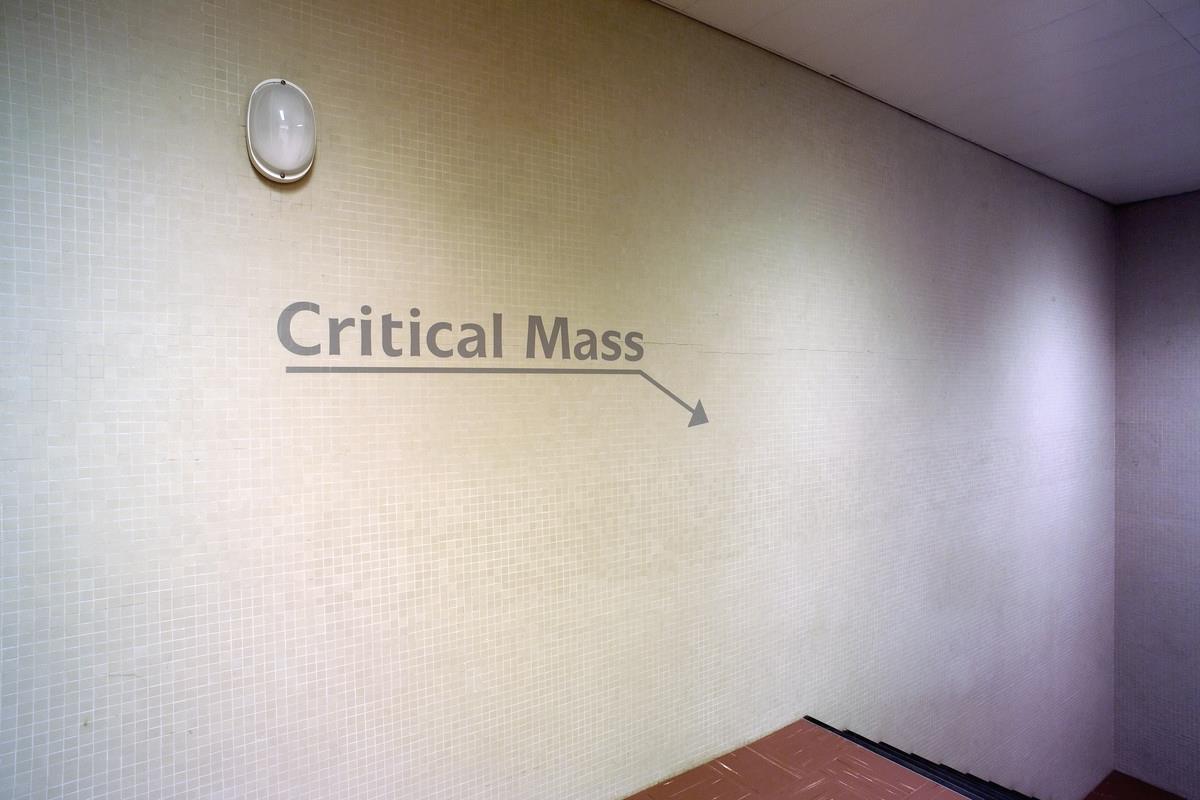


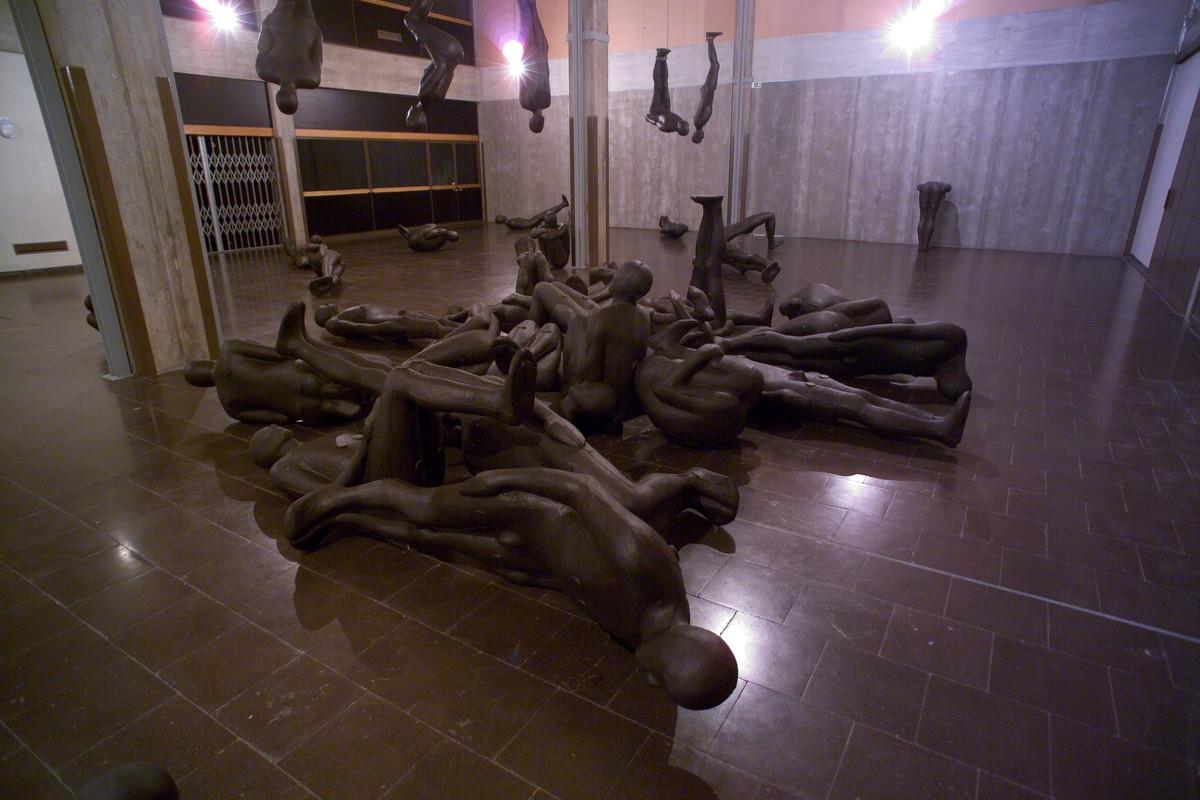
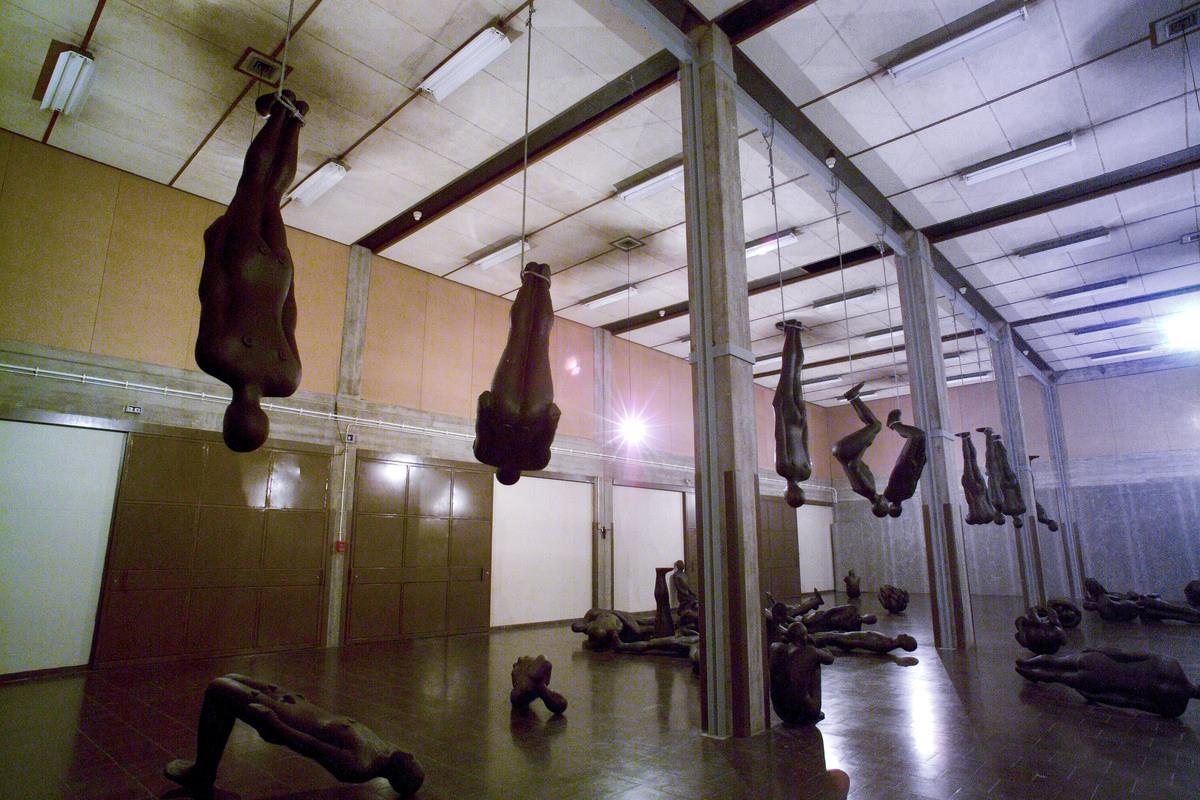
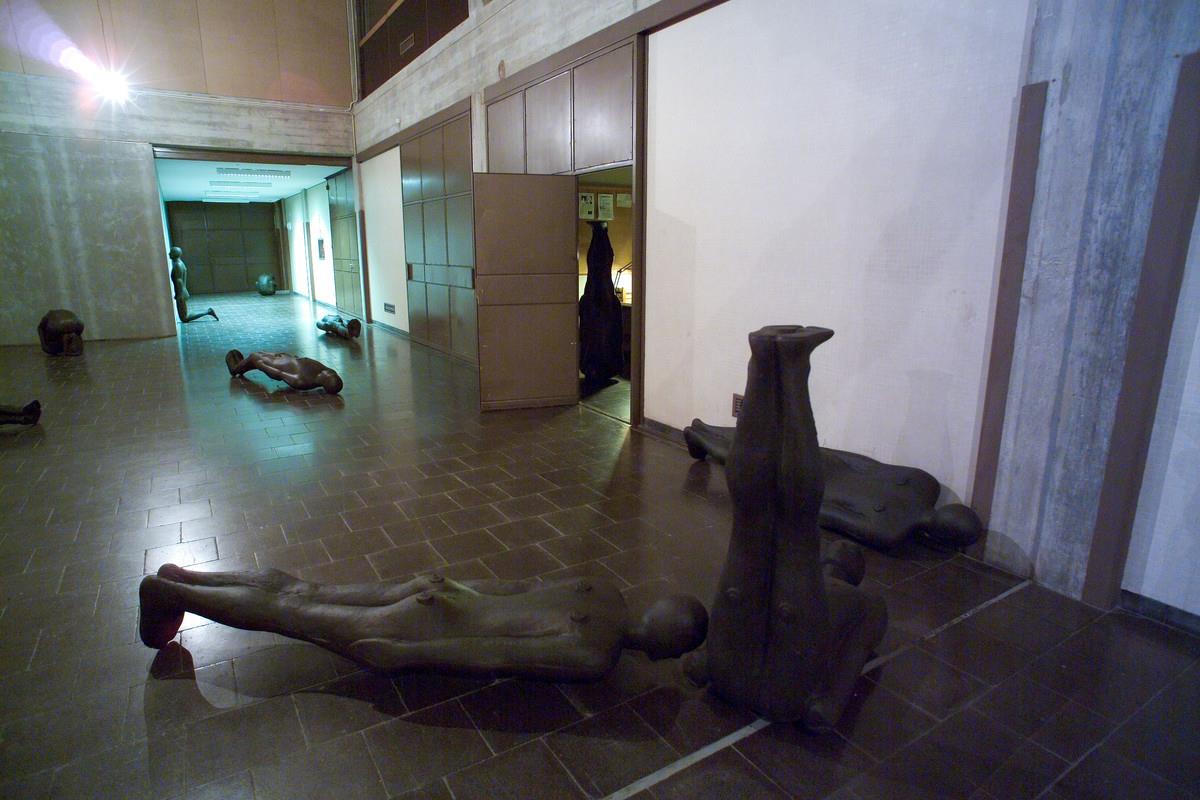
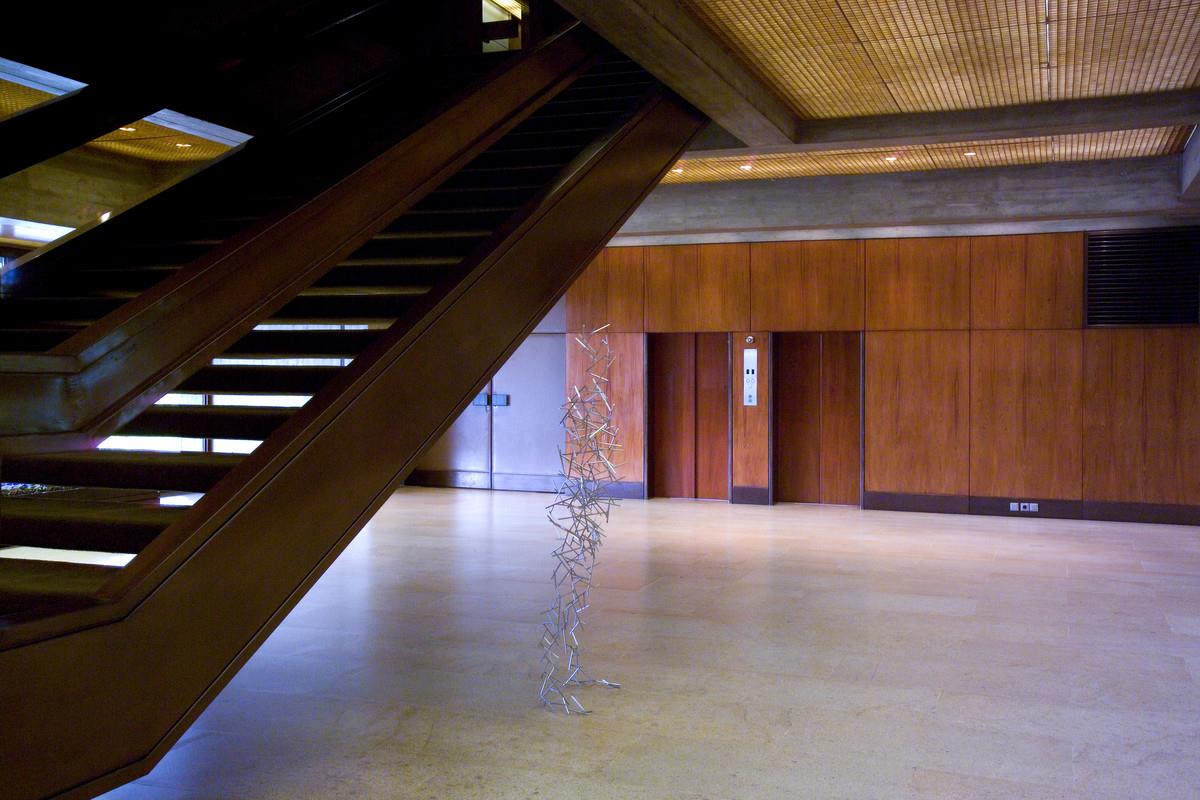
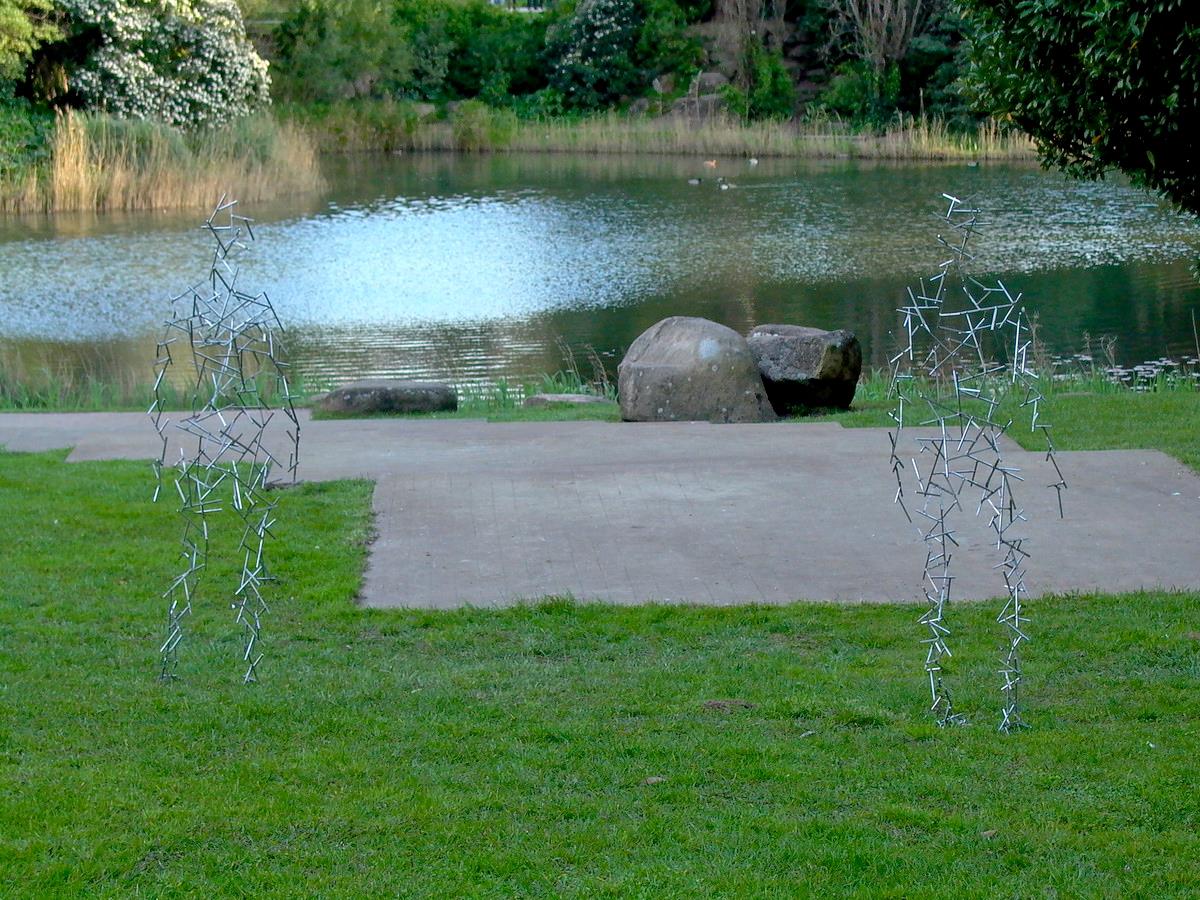

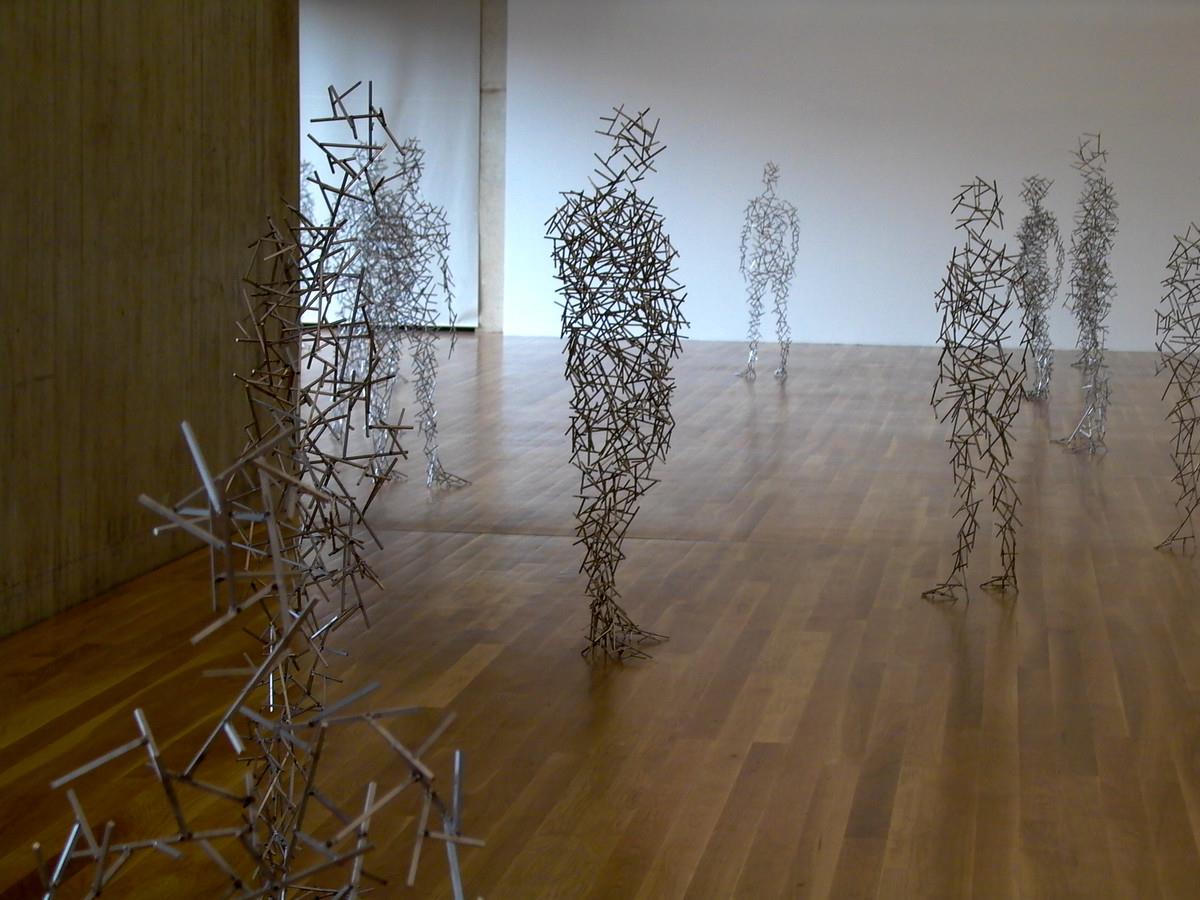



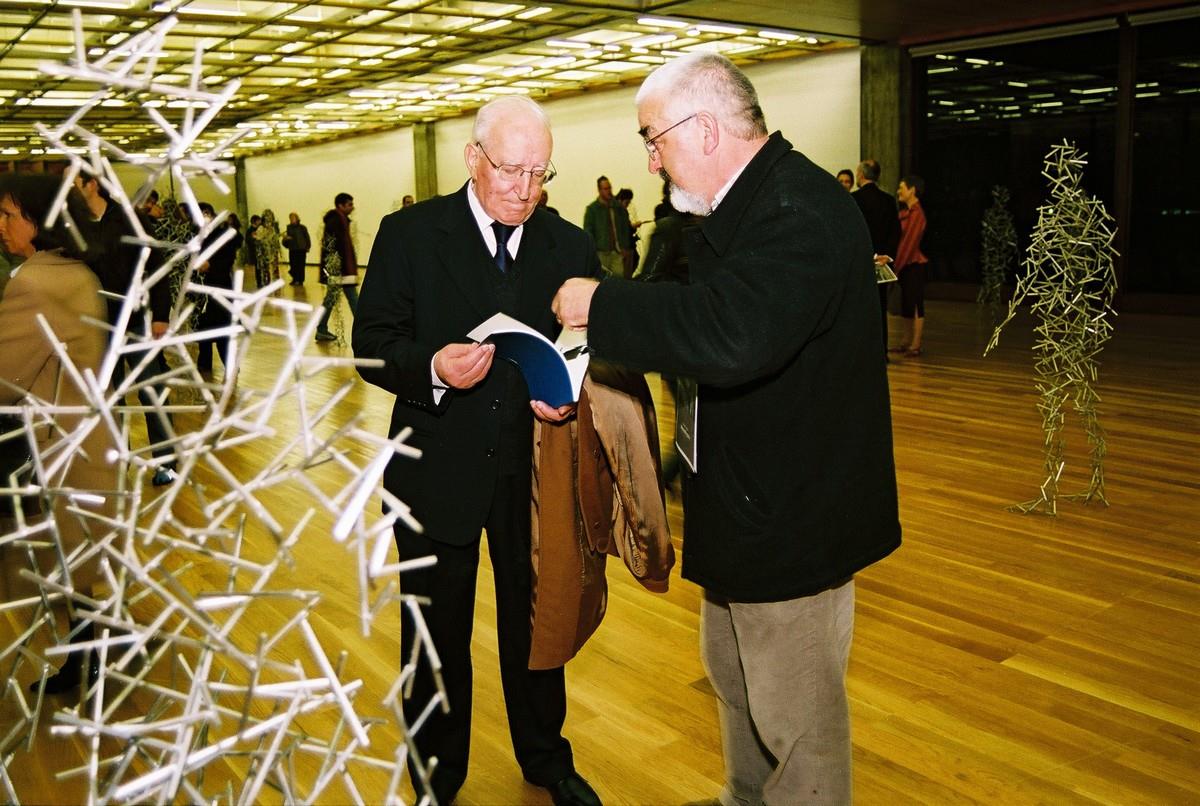
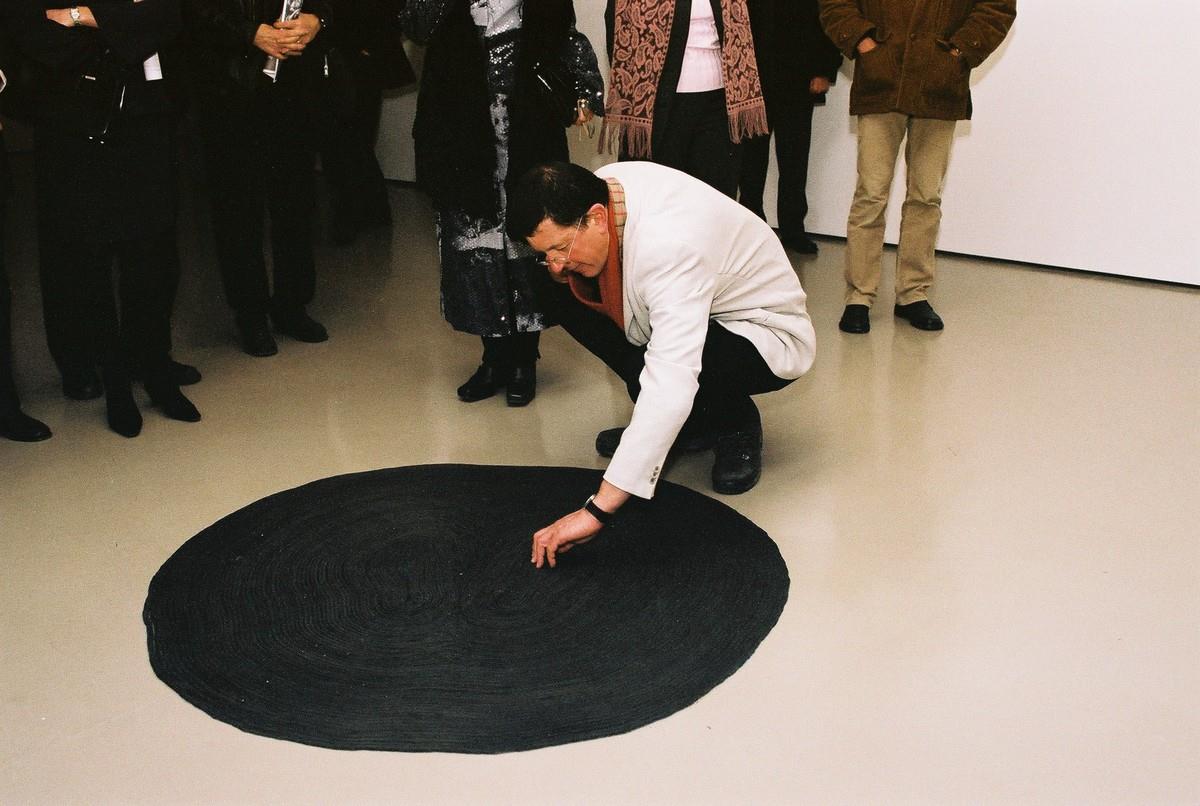
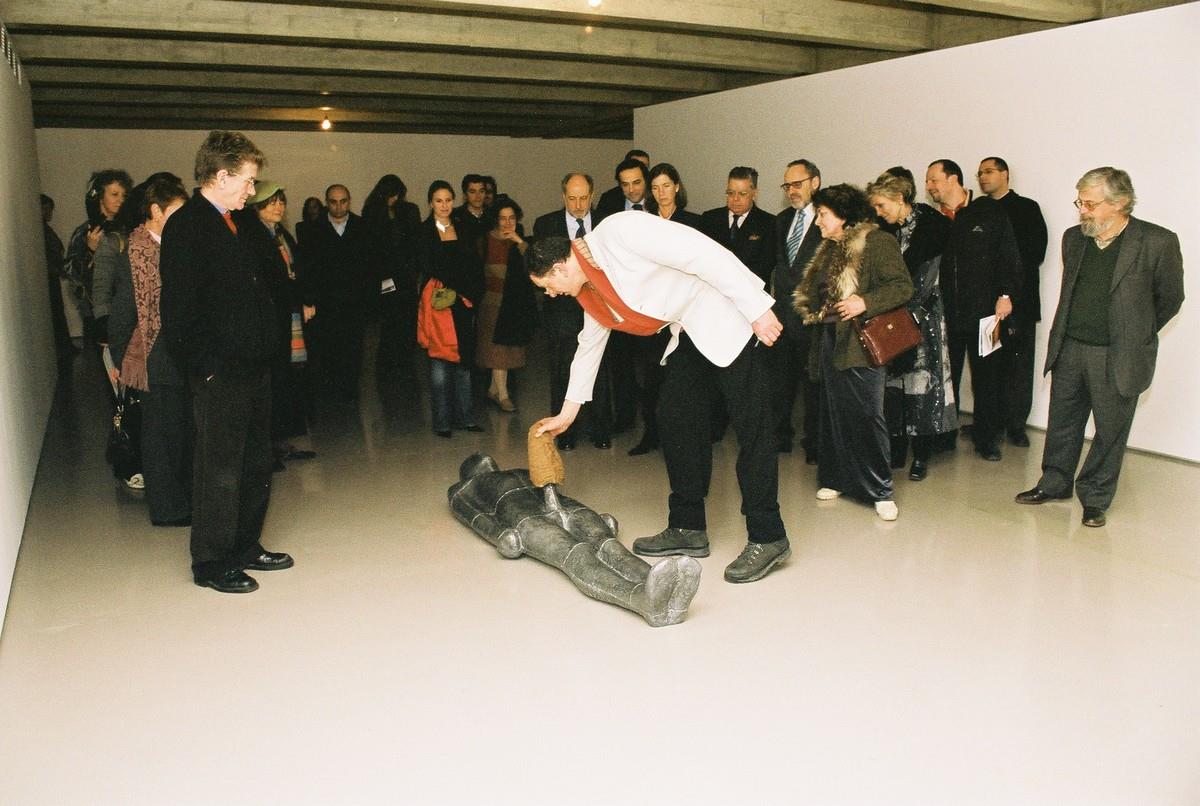
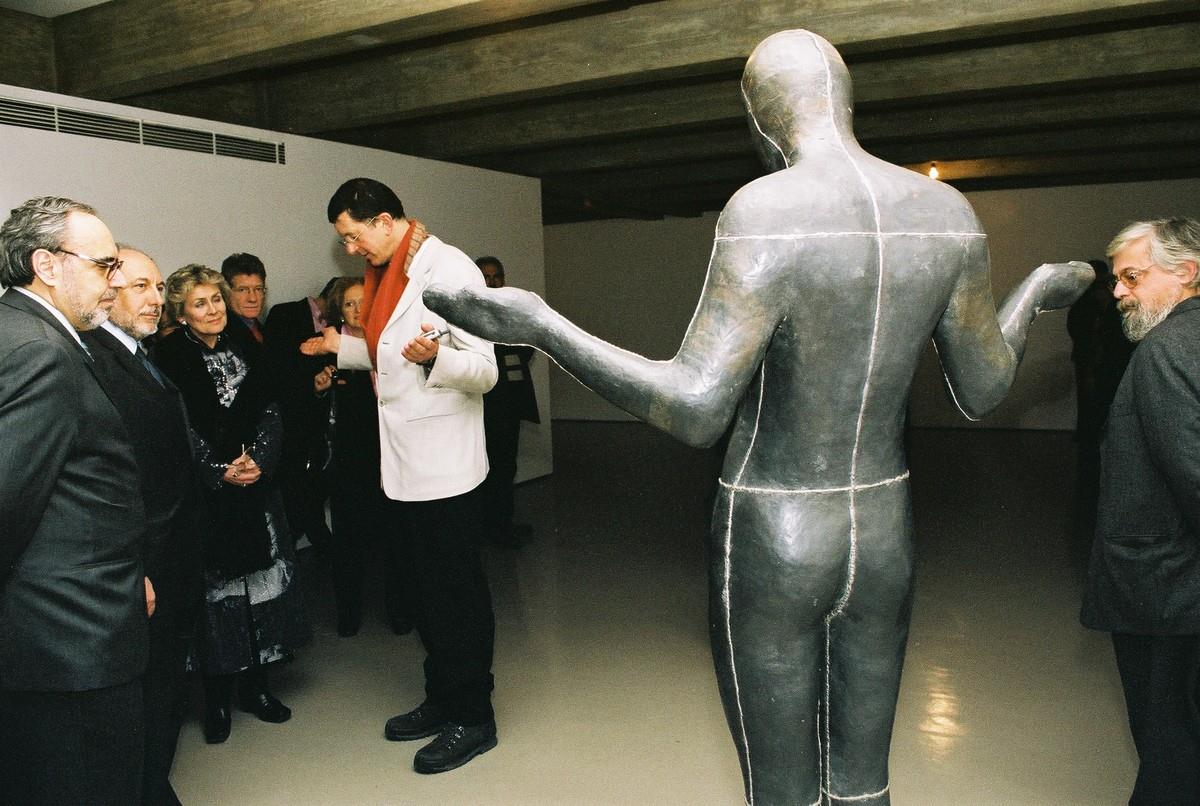

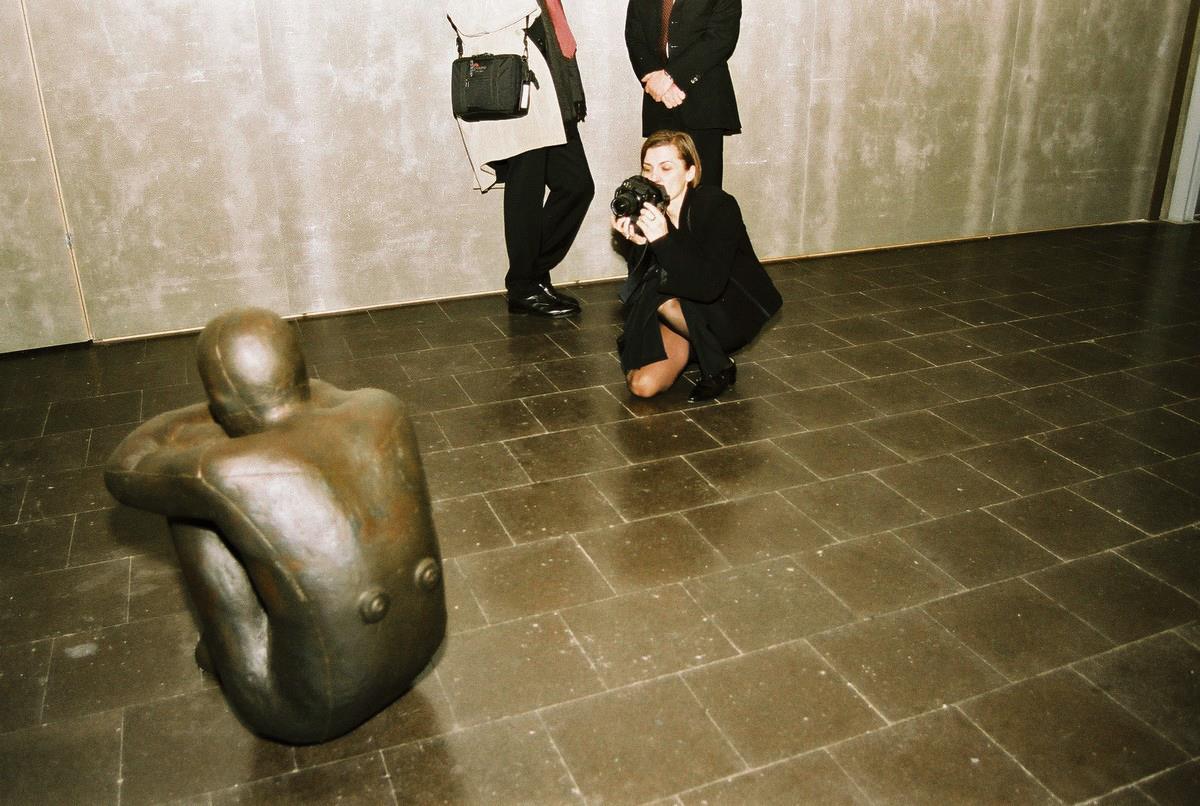


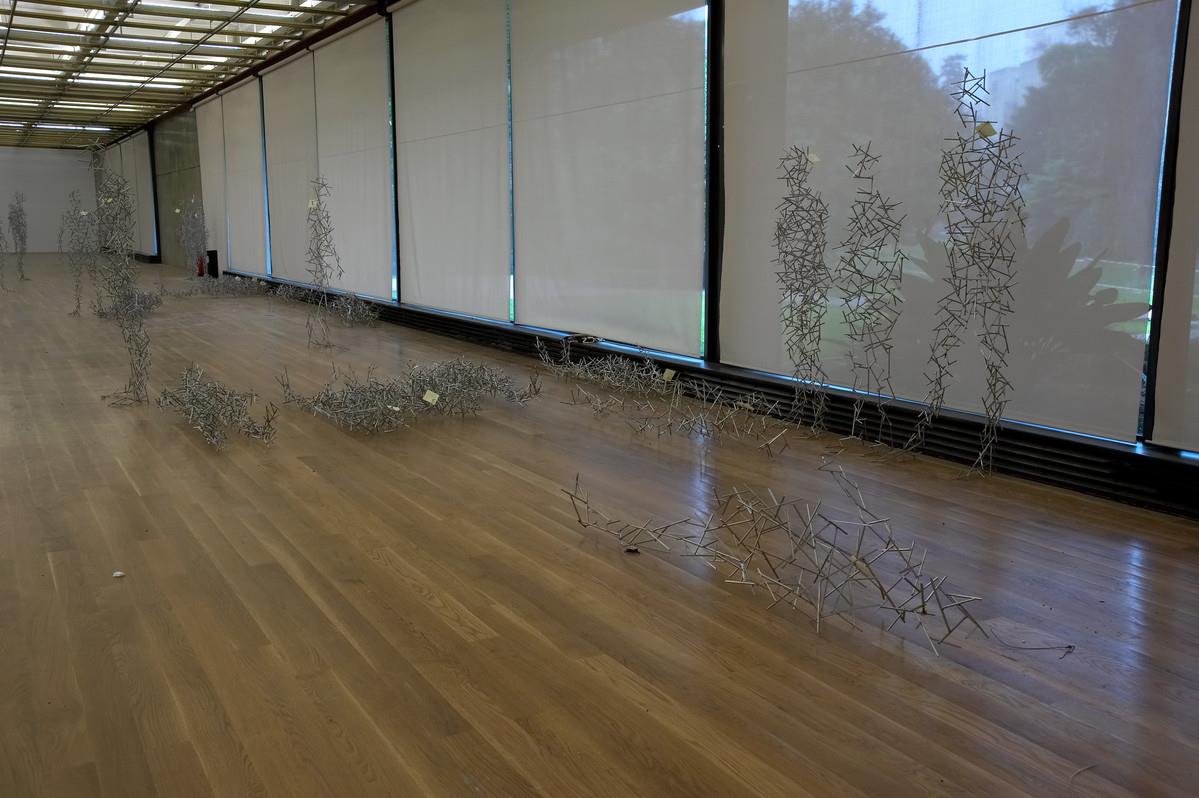
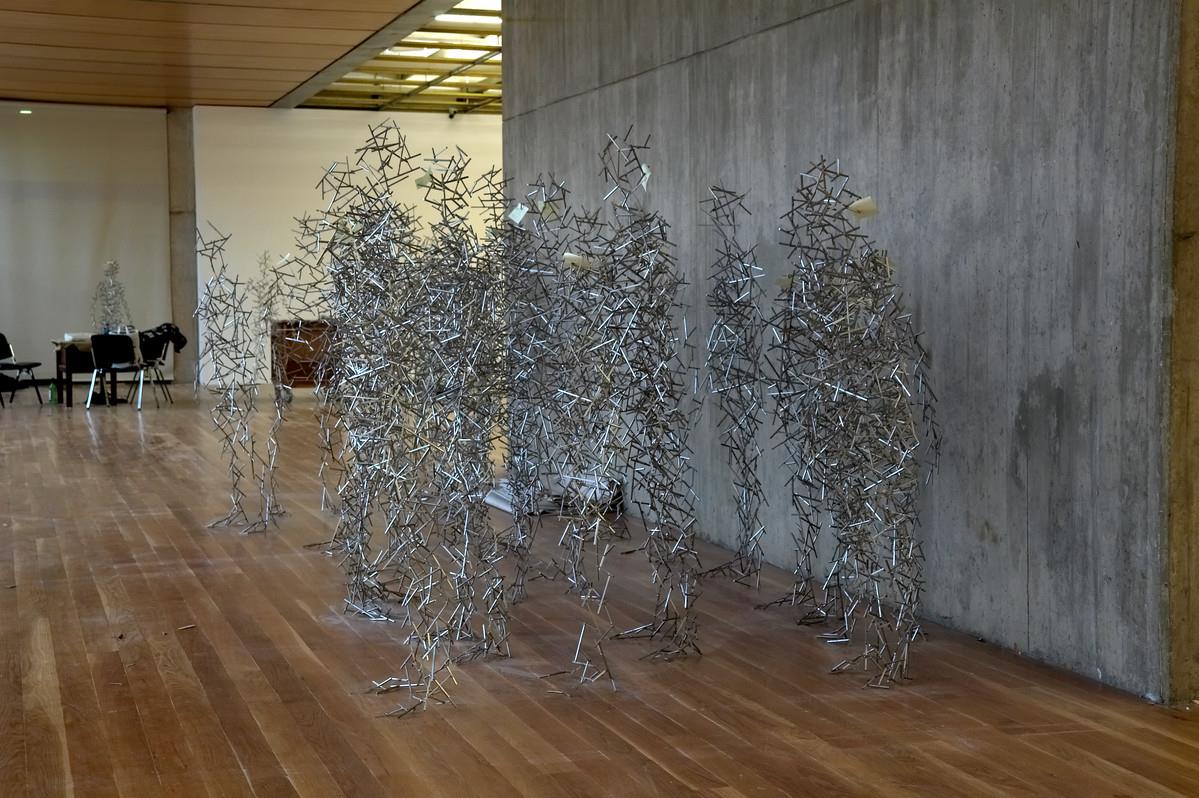
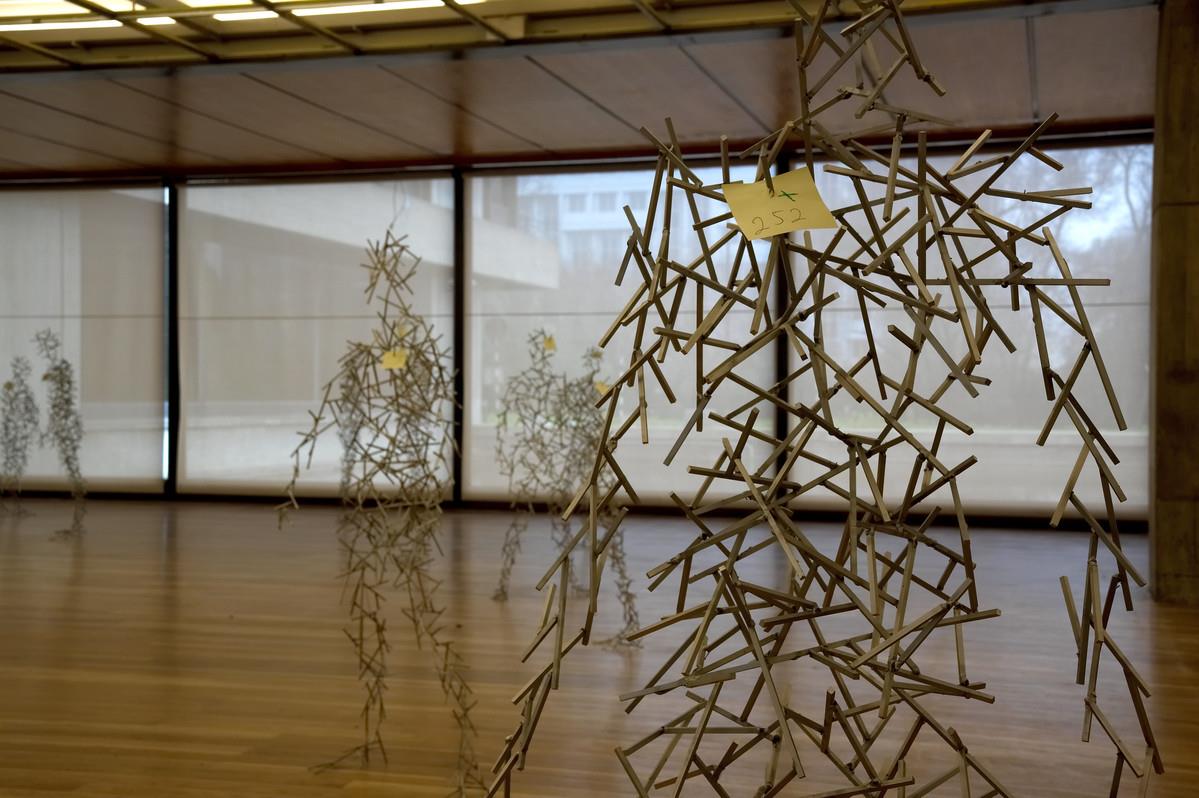
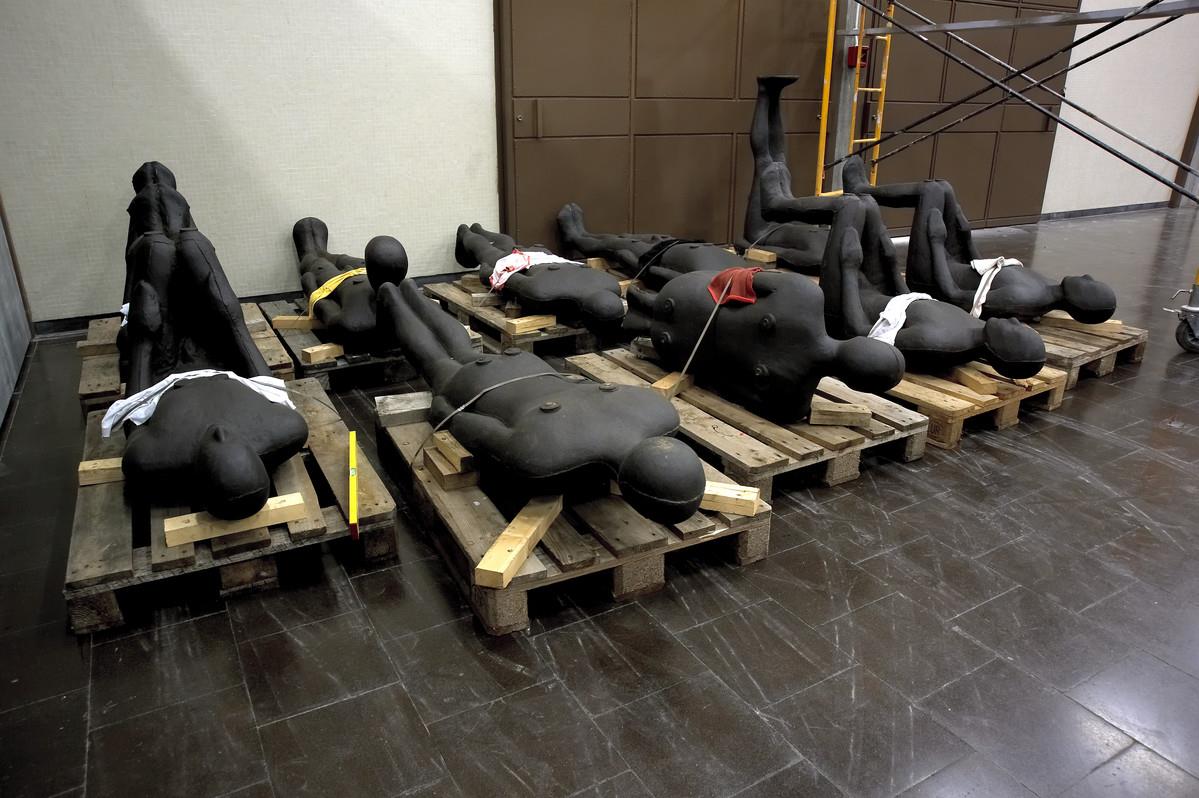
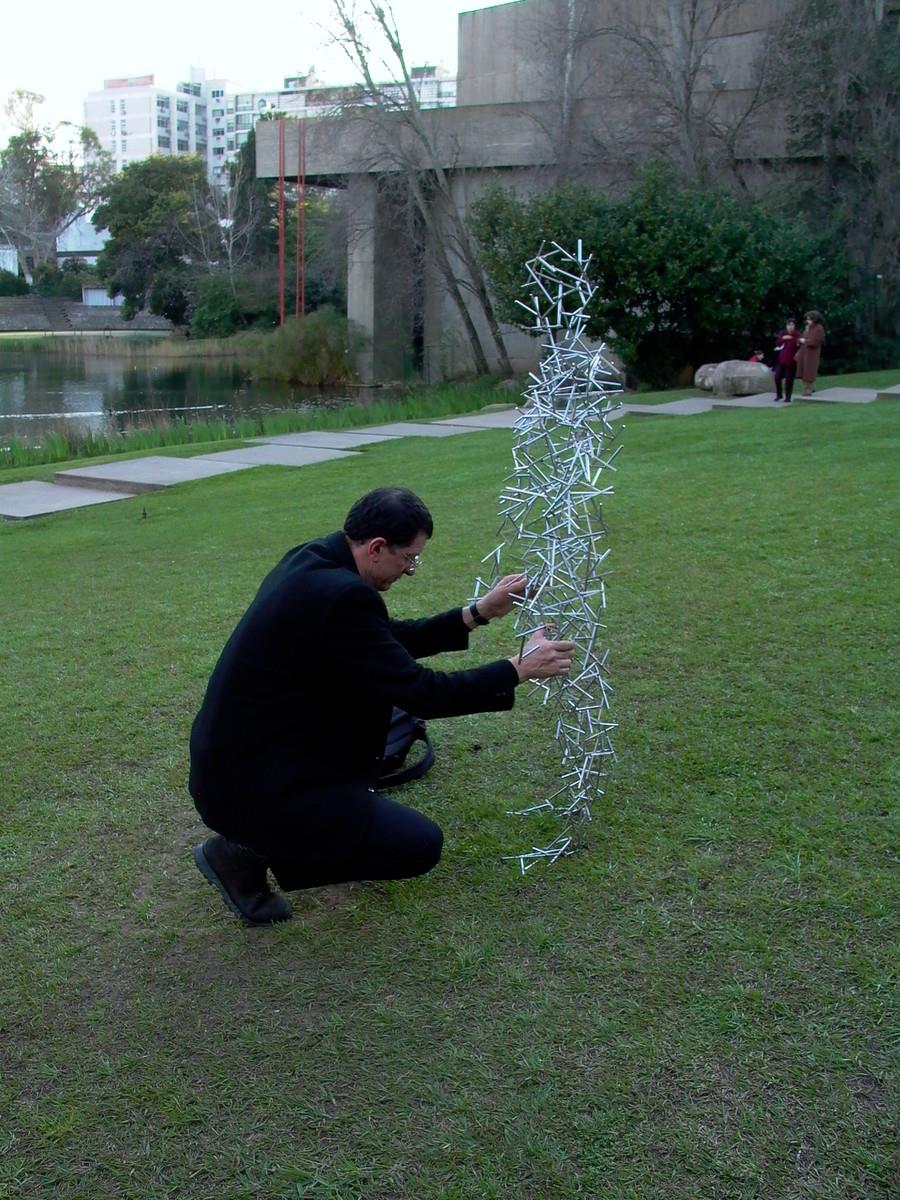
Multimédia
Documentação

Antony Gormley a Jorge Molder
29 fev 2004
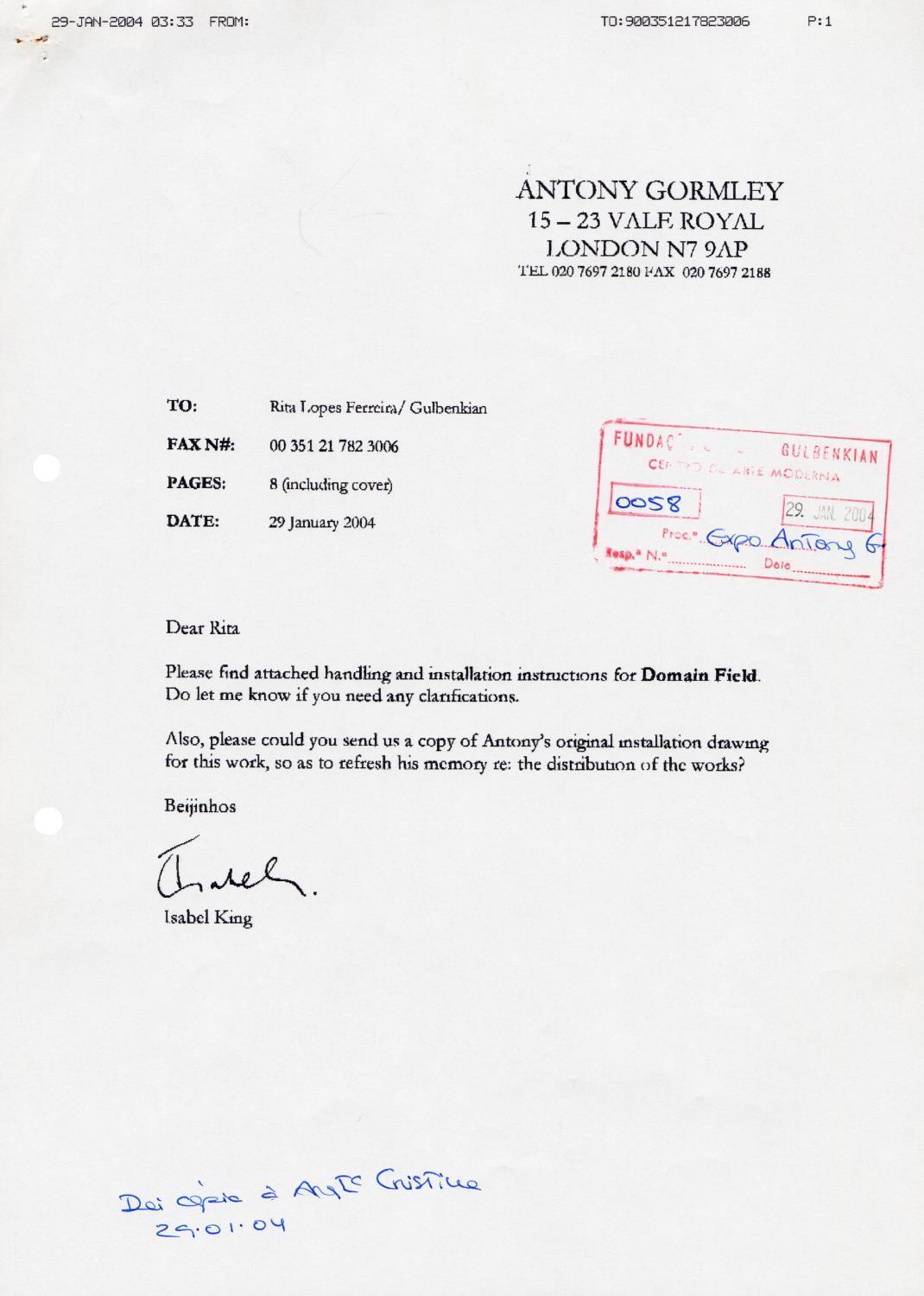
Isabel King a Rita Lopes Ferreira
29 jan 2004
Periódicos

Público
Lisboa, 18 fev 2004

Público
Lisboa, 19 fev 2004

Rua de Baixo
Lisboa, 28 out 2004

Correio da Manhã
Lisboa, 20 fev 2004
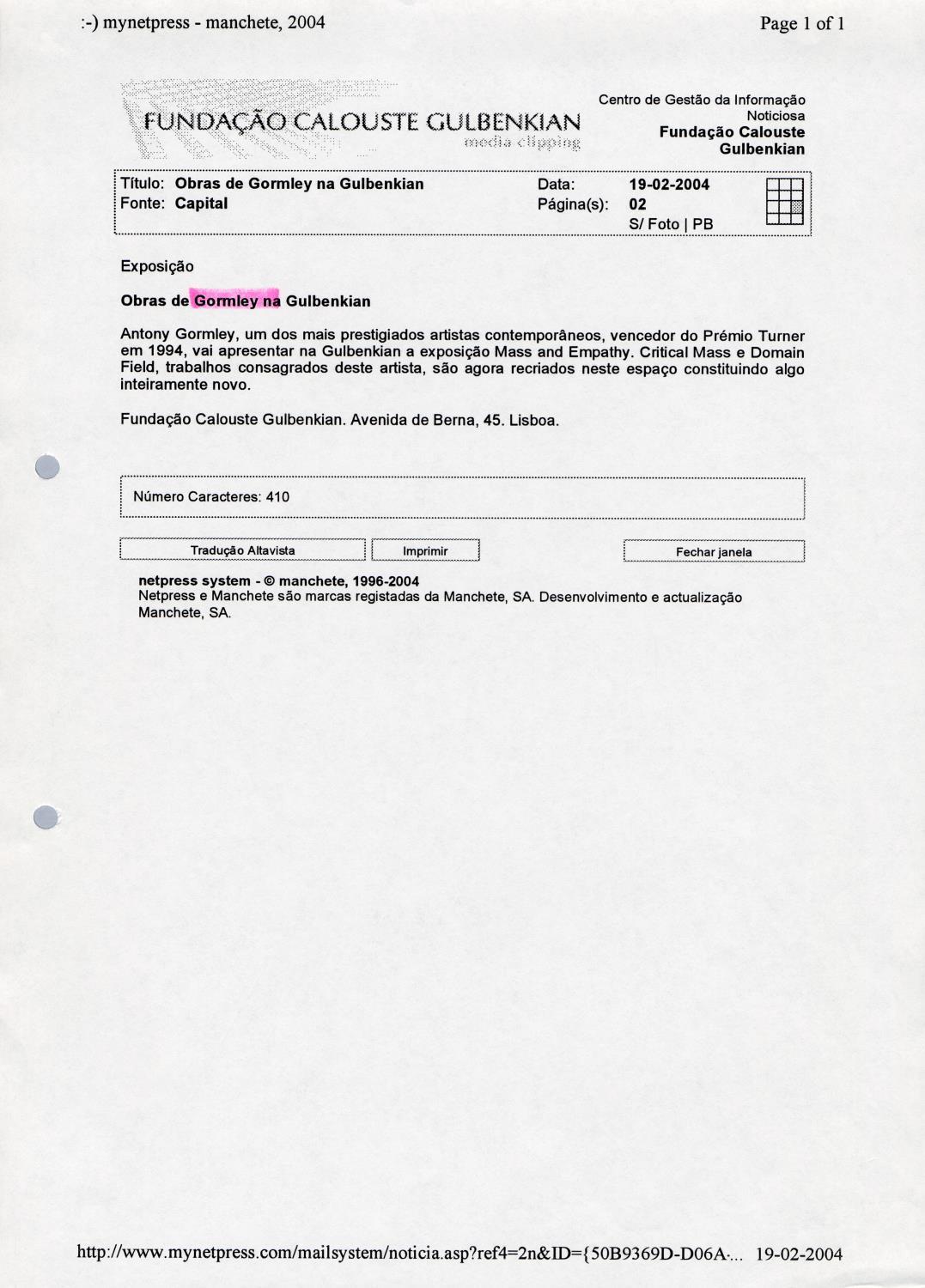
A Capital
Lisboa, 19 fev 2004
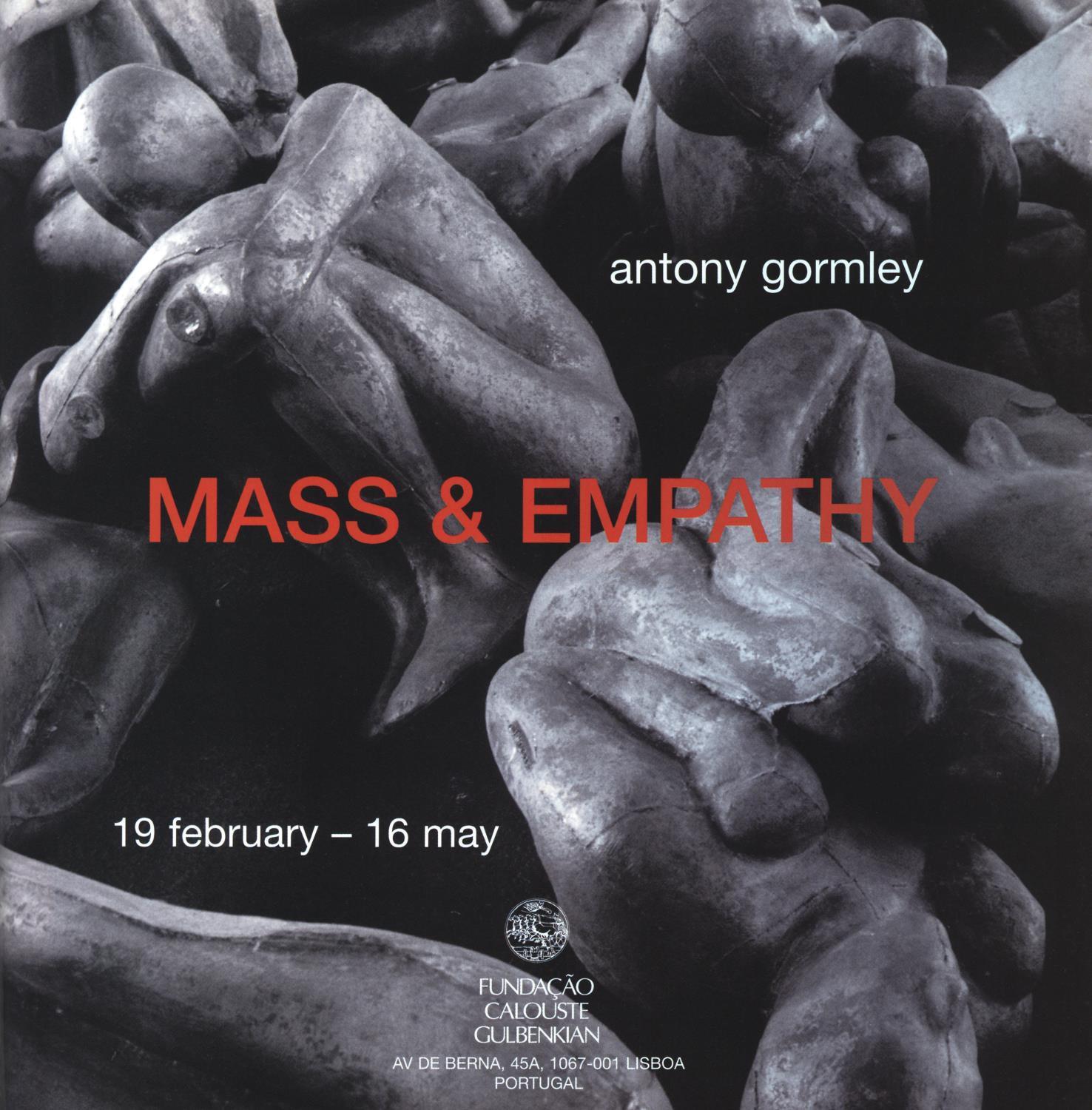
Artforum
New York, fev 2004
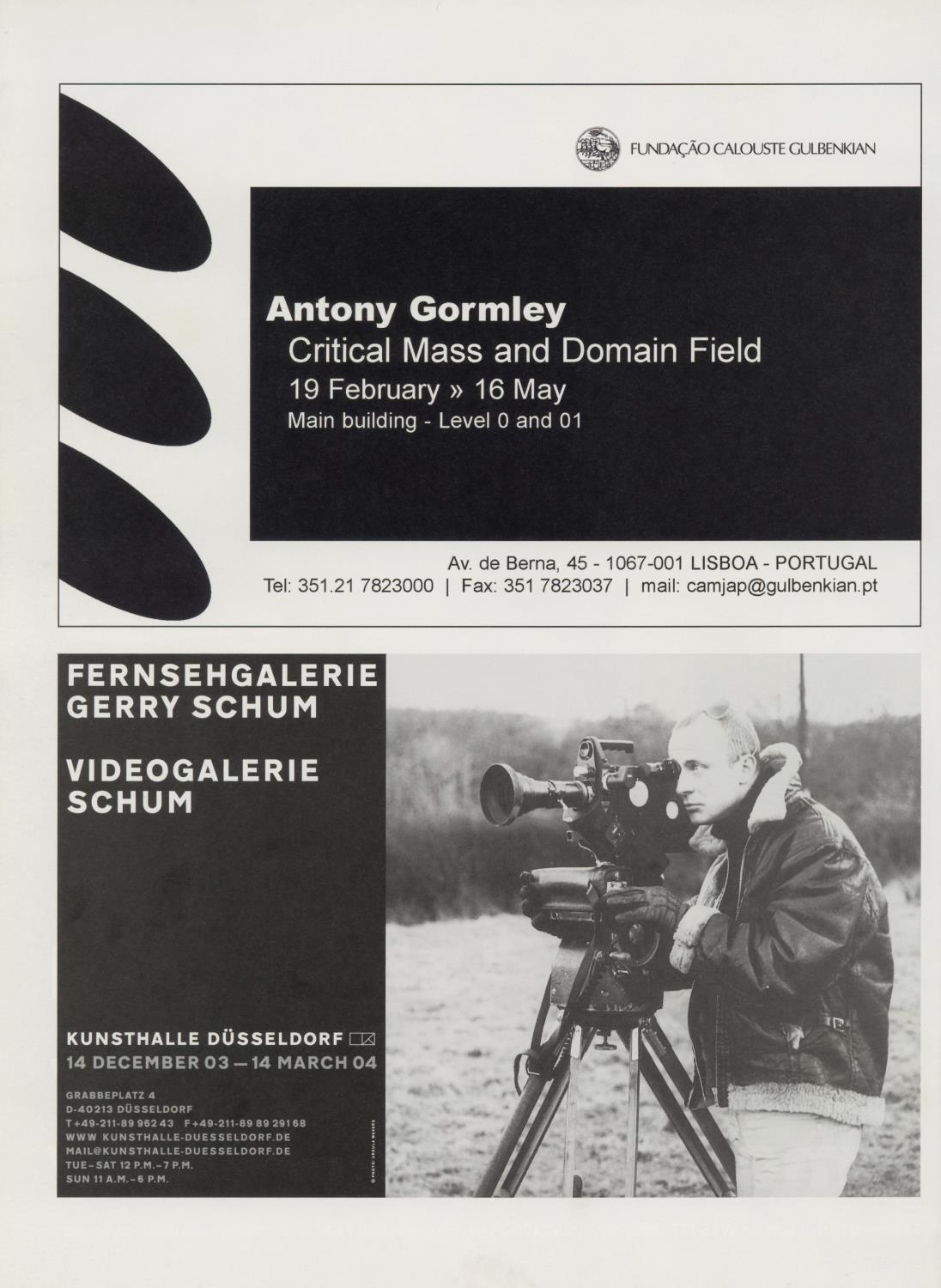
Frieze
New York, jan 2004
Páginas Web
Fontes Arquivísticas
Exposições Relacionadas
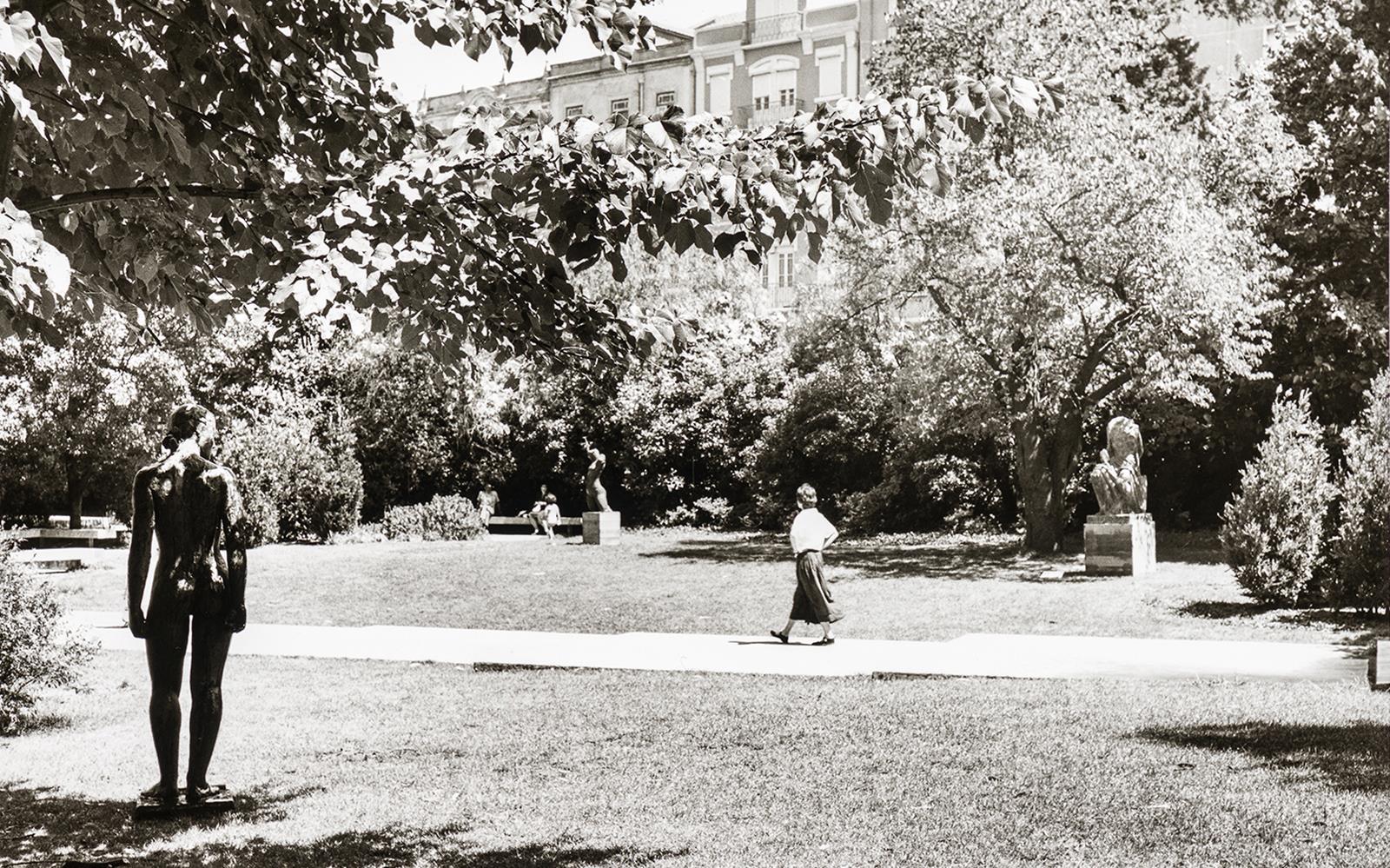
Escultura e Vida
1979 / Jardim Fundação Calouste Gulbenkian, Lisboa

